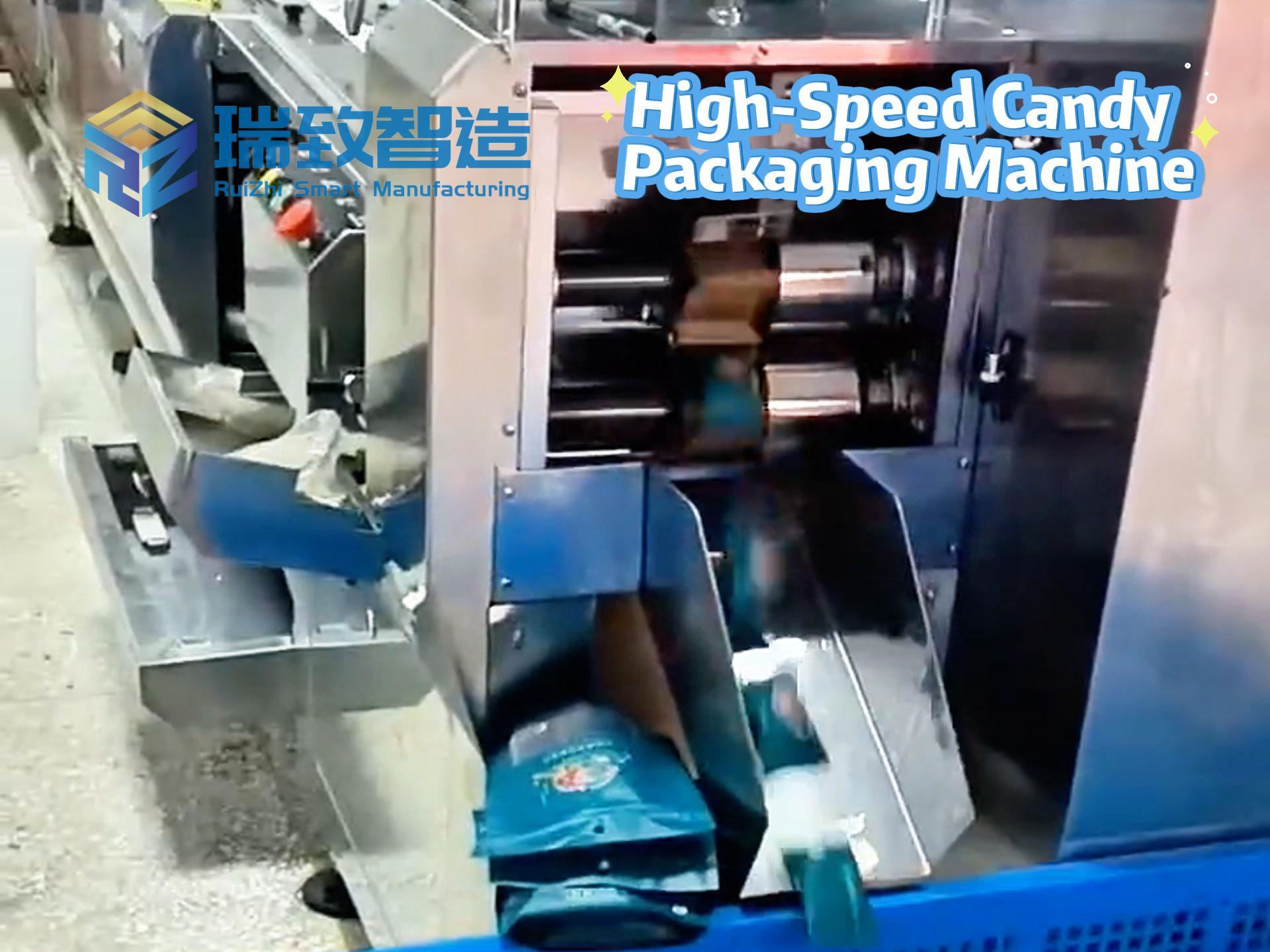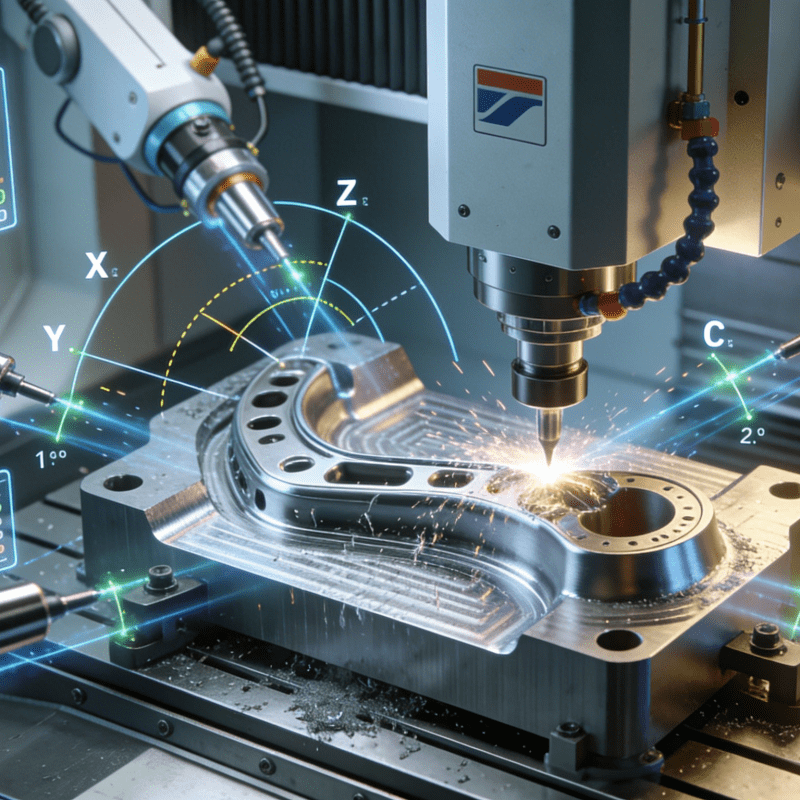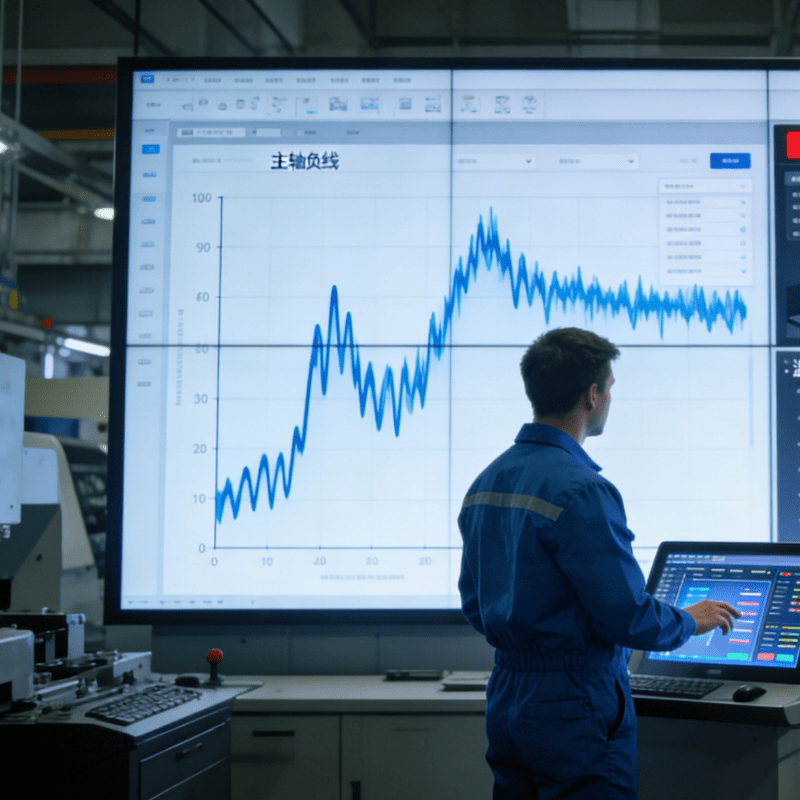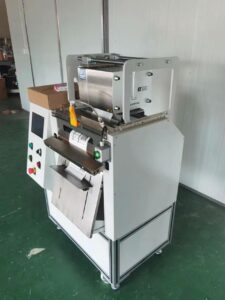
Introducción: The Transformative Revolution of Packaging Machinery—From “Simple Enclosure” to “Industrial Core Engine”
Gone are the days when packaging machines served only as basic tools to enclose products. Today, in an era where speed defines throughput, precision safeguards quality, and sustainability dictates market acceptance, packaging machinery has evolved into a strategic core of manufacturing operations. It no longer just “packages” products—it shapes production efficiency, drives sustainability goals, and even enables brands to adapt to fast-shifting consumer demands.
From the food and beverage sector (where machines seal fresh produce to extend shelf life) to pharmaceuticals (where precision packaging ensures drug safety), and from electronics (protecting fragile components) to cosmetics (crafting sleek, consumer-friendly formats), advanced packaging equipment is redefining what’s possible. As manufacturers grapple with tighter margins, stricter environmental regulations, and the need for flexible production, packaging machines have become the linchpin of competitive advantage—turning once-static lines into adaptive, data-driven hubs that balance speed, quality, and responsibility.
Intelligent Automation: Dual Breakthroughs in Efficiency and Flexibility
Intelligent Automation and Efficiency Gains
Rapid production demands and razor-thin profit margins have pushed modern packaging machines to embrace intelligent automation, turning “fast” into “fast and smart.” High-speed filling and sealing systems now handle hundreds of units per minute—for example, beverage lines can fill 500+ bottles of soda or water in 60 seconds—while integrated smart sensors act as “quality guards”: they detect missing labels, underfilled containers, or misaligned caps in real time, slashing waste and preventing costly product recalls (which can cost brands millions in fines and reputation damage).
Beyond speed, connectivity is a game-changer. When linked to factory control platforms (such as MES or ERP systems), packaging machines feed real-time data on throughput, downtime, and maintenance needs to central dashboards. This lets teams proactively adjust operations—for instance, scheduling maintenance during off-peak hours instead of waiting for a breakdown—to keep lines running at peak efficiency.
Flexibility, too, has been elevated. Modern packaging machinery features modular, quick-change components: swapping a pouch-forming module for a carton-folding one takes minutes, not hours. This means a single line can produce everything from stand-up pouches for snacks to small tubes for skincare, supporting small-batch runs (e.g., limited-edition holiday products) or seasonal shifts without investing in multiple dedicated machines. The result? Less idle time, fewer human errors, and lower unit costs—critical for brands competing in crowded markets.
Eco-Conscious Design: Driving the Transformation of Sustainable Packaging Through Technology
Eco-Conscious Design and Material Reduction
Sustainability is no longer a “nice-to-have”—it’s a business imperative, driven by consumer preferences (73% of global consumers say they’d pay more for sustainable packaging, per McKinsey) and regulatory pressure (e.g., the EU’s Single-Use Plastics Directive). Packaging machines have risen to this challenge by prioritizing eco-conscious design and material optimization.
One key shift is support for lightweight, low-waste packaging. Modern machines use precise tension control and consistent heat-sealing technology to ensure packaging integrity—even when using thinner films (reduced by 15-30% in thickness compared to a decade ago) or plant-based biodegradable materials (e.g., cornstarch-based films). This cuts material consumption directly: a snack manufacturer using thinner film for chip bags, for example, can reduce plastic use by 20% annually, lowering both costs and greenhouse gas emissions.
Optimization software further amplifies sustainability. Integrated into packaging lines, this software analyzes film roll consumption, calculates waste rates, and aligns operations with waste-reduction targets. For instance, overwrap systems that once wrapped individual candy bars in plastic are now replaced by high-speed cartoners that use recycled paperboard—slashing plastic use by up to 80% for some brands. Additionally, closed-loop systems (powered by automation) capture packaging offcuts or scrap, reprocess them into new materials, and feed them back into production—turning waste into a resource and cutting disposal costs.
Smart Connectivity and Predictive Maintenance: Moving from “Reactive Repair” to “Proactive Operation”
Smart Connectivity and Predictive Maintenance
The rise of IoT (Internet of Things) has turned packaging machines into “connected assets” that drive proactive, not reactive, operations. Today’s equipment uses sensors to monitor critical metrics—vibration, motor temperature, seal pressure—and sends real-time data to centralized platforms. This enables predictive maintenance: instead of servicing machines on a fixed calendar (e.g., “every 6 months”), engineers receive alerts when a component is at risk of failure (e.g., “motor vibration exceeds normal range”)—allowing them to fix issues before breakdowns occur.
The impact is tangible: predictive maintenance reduces unplanned downtime by 30-50% (per Industry Week) and extends equipment lifespan by up to 20%, as machines are no longer “over-maintained” (wasting time and parts) or “under-maintained” (suffering premature wear).
Connectivity also boosts supply chain traceability—a must for regulated industries like pharmaceuticals and food. Packaging machines now capture batch-level data at every step: from filling (e.g., “Lot 123 filled at 9:00 AM”) to labeling (e.g., “expiry date printed correctly”) and coding (e.g., “serial number assigned”). This data is stored in cloud-based systems, enabling brands to track products from factory to shelf. In case of a recall, instead of pulling entire inventories, companies can target only affected batches—saving time, money, and consumer trust.
Balancing Cost and Adaptability: Making Advanced Packaging Machinery Accessible and Affordable for Businesses of All Sizes
Balancing Cost and Adaptability
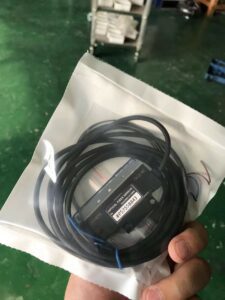
Investing in advanced packaging machinery doesn’t have to mean “one size fits all.” Manufacturers now offer solutions tailored to business size and budget, ensuring even small and mid-sized enterprises (SMEs) can tap into automation benefits.
For large-scale operations, fully automated lines (with robotic pick-and-place systems, AI inspection, and end-to-end connectivity) deliver maximum throughput—ideal for high-volume products like bottled water or canned goods. For SMEs, semi-automatic or tabletop machines (e.g., manual-load filling machines with automated sealing) offer a lower-cost entry point: they’re affordable, easy to operate, and can be upgraded over time (e.g., adding a sensor module later) as production grows.
Leasing and renting options have also gained traction. Brands can now “test-drive” technologies—such as a robotic packaging arm—without upfront capital investment. Leasing agreements often include maintenance and operator training, reducing risk and making innovation accessible. Additionally, retrofitting services let companies upgrade legacy machines (e.g., adding IoT sensors or new control panels) instead of replacing them entirely, cutting costs by 40-60% compared to buying new equipment.
Workforce Transformation: From “Machine Operation” to “Intelligent System Management”
Training and Workforce Evolution
Advanced packaging machinery isn’t just changing equipment—it’s changing the skills needed to operate it. Gone are the days of operators performing repetitive manual tasks (e.g., hand-sealing bags). Today’s teams work with machines: they monitor dashboards, troubleshoot sensor alerts, program quick-change modules, and ensure compliance with hygiene or safety standards.
This shift demands a focus on digital literacy and technical skills. Training programs now cover PLC (Programmable Logic Controller) programming, HMI (Human-Machine Interface) operation, and basic robotics—alongside practical skills like identifying packaging defects or responding to downtime. To bridge the skills gap, manufacturers are partnering with technical colleges and industry hubs to launch apprenticeships in “packaging automation,” while upskilling existing staff ensures institutional knowledge (e.g., how to handle unique product textures) is retained.
The result? A workforce that’s not just “machine operators,” but “production optimizers”—capable of leveraging data to improve efficiency and adapt to new technologies.
Future Trends: Smarter, Greener, and More Personalized
The Future of Packaging Technology
Looking ahead, packaging machinery will become even more adaptive, sustainable, and intelligent. Key trends on the horizon include:
AI-powered vision systems: Instead of just detecting defects, these systems will analyze product quality at the individual unit level (e.g., checking for ripples in chocolate bars or uneven tablet coatings) and adjust machine settings in real time to fix issues.
Blockchain traceability: Integrating blockchain with packaging lines will create immutable records of product journeys, enhancing trust for consumers and simplifying compliance with global regulations (e.g., FDA requirements for pharmaceuticals).
3D-printed packaging integration: Machines will use 3D printing to create custom packaging for small batches or personalized orders (e.g., branded gift boxes for luxury cosmetics), reducing the need for pre-manufactured stock and cutting waste.
Chemical-free and recyclable solutions: As demand for plastic-free packaging grows, machines will adopt new sealing technologies—such as water-based adhesives or heat-free pressure seals—to handle recyclable materials (e.g., paperboard or compostable films) without compromising integrity.
Regulatory pressures will also drive innovation: Europe’s Green Deal (aiming for 100% recyclable packaging by 2030) and the UK’s Packaging Waste Regulations will push machine-makers to develop equipment that supports ultra-lightweight, fully recyclable formats.
Conclusion: Packaging Machinery—More Than a “Tool,” a “Catalyst” for Industrial Upgrading
Today, packaging machines are far more than just “sealing and filling tools”—they are the backbone of modern manufacturing, enabling brands to meet efficiency targets, navigate sustainability mandates, and stay agile in a fast-changing market. Whether a large factory invests in a fully automated, IoT-connected line or a small bakery upgrades to a semi-automatic pouch sealer, the value is clear: faster production, less waste, better quality, and a smaller environmental footprint.
As machinery becomes more connected, flexible, and eco-conscious, its role will only grow. It will no longer just “support” production—it will lead it: predicting maintenance needs before breakdowns happen, optimizing material use to cut emissions, and enabling brands to adapt to trends (like small-batch or personalized packaging) in days, not months.
In the end, advanced packaging equipment is about more than efficiency—it’s about delivering value: to businesses (lower costs, higher margins), to consumers (safer, more sustainable products), and to the planet (reduced waste, lower emissions). It’s not just changing the packaging industry—it’s changing how the world makes, distributes, and consumes products.
Translation Notes:
Title & Structure: The original Chinese hierarchical headings are converted to English academic-style headings (e.g., “I. Introduction” “II. Intelligent Automation”) for consistency with English technical writing conventions.
Key Term Consistency: Terms like (packaging machinery/machines), (intelligent automation), and (predictive maintenance) are translated uniformly throughout to avoid ambiguity.
Cultural & Industry Alignment: Phrases like industrial core engine and catalyst are rendered as “strategic core of manufacturing operations” and “catalyst for industrial upgrading” respectively, to convey the metaphorical meaning accurately in an industrial context.
Data & Examples: All numerical data (e.g., “500+ bottles per minute,” “30-50% downtime reduction”) and industry examples (e.g., “cornstarch-based films,” “FDA requirements”) are retained
exactly to preserve the original technical accuracy.

